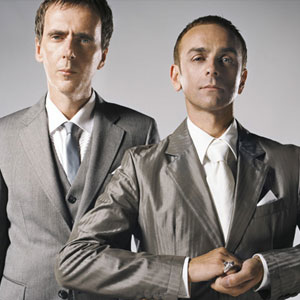MOTEZ INTERVIEW
THE INSPIRATION AND GEAR BEHIND THE WOMADELAIDE PERFORMANCE

Motez is an award-winning music producer, musician, and DJ. He was born in Baghdad, Iraq and moved to Australia in 2006.
He recently performed at WOMADelaide with an amazing collection of musical artists and audio-visual technicians and designers. We were lucky enough to get an insight into his inspiration for the performance and the gear he used.
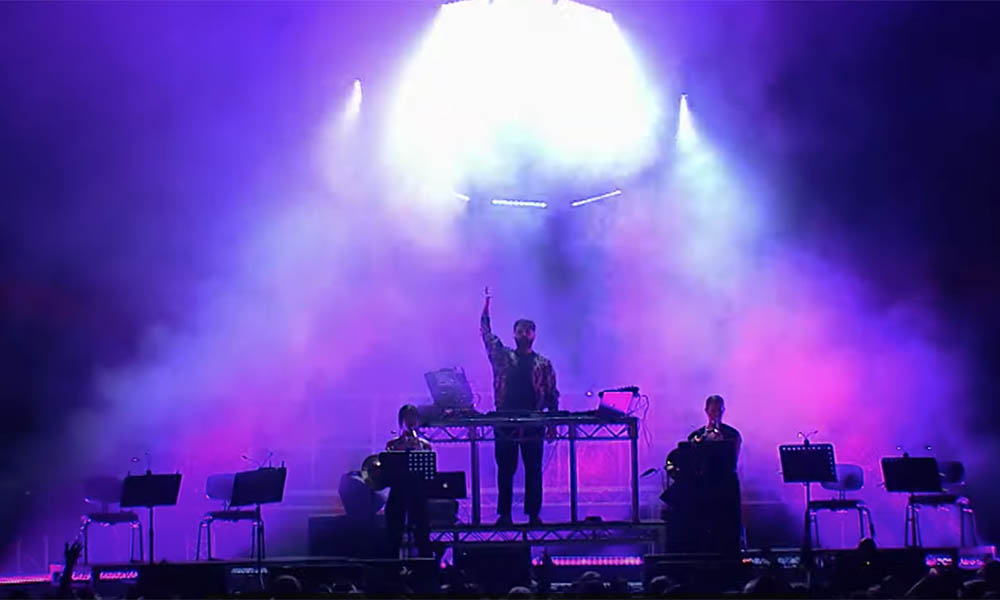
You moved to Australia from Iraq in 2006, and now for over a decade have become more involved in the Australian music scene. You were intrigued with the possibility of an electronic and world music fusion performance for the WOMADelaide festival. How did you start to plan your performance?
Womadelaide was my first ever festival experience when I moved to Australia. It’s regarded as one of the best world music festivals on the globe and they program (and champion) a lot of electronic music, hosting the likes of Jayda G, Floating Points, Mistress Barbara, DJ Harvey, and Inner City.
I first attended Womadelaide soon after moving to Australia and I dreamt of playing there one day. I understood that the stakes were high, the calibre of musicianship and showmanship was incredible, so I thought if I ever put on a show there it must be more than just about music. It has to be an audio-visual experience matched with a lot of live instrumentation. I am a musician first and foremost, and so presenting my live show for the first time at Womadelaide I had go all out.
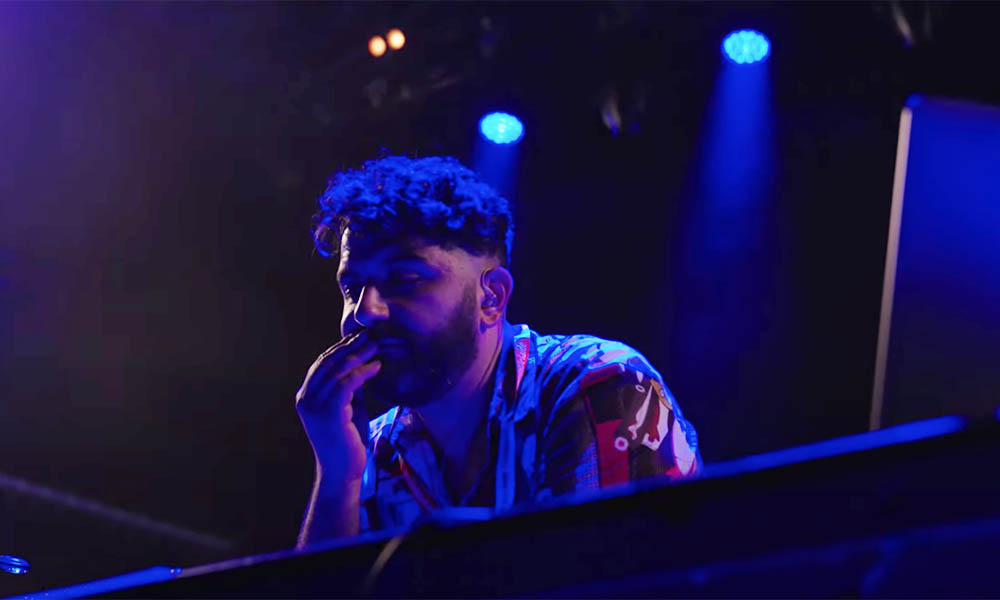
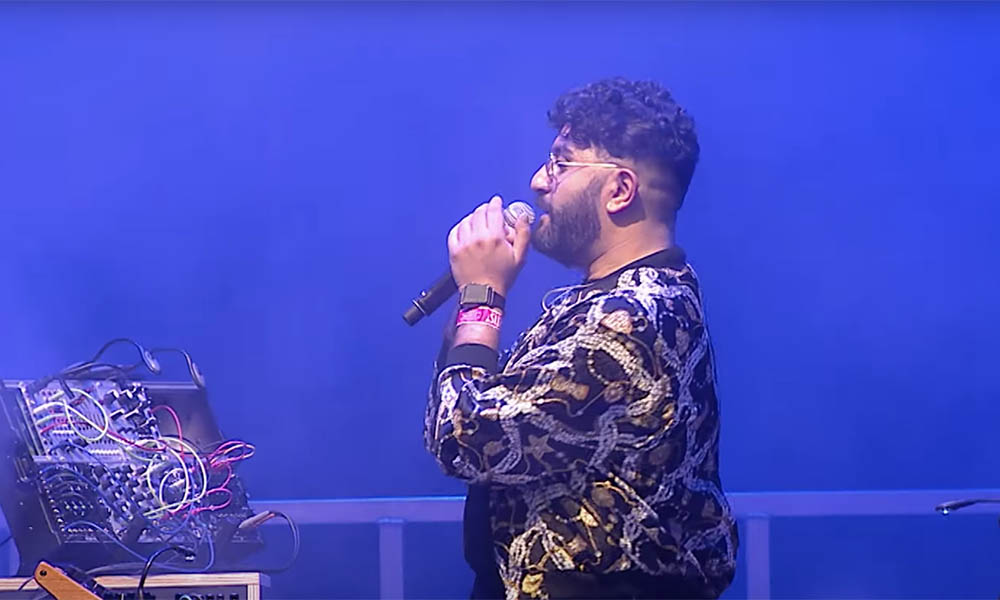
I wanted to present this show with the help of some of the best creatives and musicians in South Australia. So, we’ve assembled a string and brass section from members of the Adelaide Symphony Orchestra, and I asked George Alice and Jesse Davidson to join me. They are two singers and Adelaide success stories that I’ve been a big fan of for a long time. I also asked Hiyam Dagher Kamleh to join me on stage to sing a special version of my song ‘Where Have You Been’. She’s an amazing classic Arabic singer from Syria and that segment of the show was the first thing I envisaged when we were having initial talks with Womadelaide a couple of years ago. To truly present the audio-visual experience to the scale and scope I had imagined, I called upon my friend and long-time collaborator, David Musch (Mapped Design), to design the light show. This truly put it all together in the best way possible and turned it into a spectacle.
What equipment did you use to put your performance together?
My stage set up included the Roland System-8 (which I use a lot in my studio and you can hear it a lot on my productions), Fantom-07, SP-404MKII, Boss DD-200, and a Roland 531 in my eurorack. I also used an Octa-Capture as an audio interface for all the instruments.
In what way did you use the FANTOM-07?
I love the level of sound design that the Fantom-07 offers as well as the way the sound can be grouped in scenes and tones. I’ve built a couple of scenes for different songs that included piano, bell and string sounds.
In the case of the bell sound that I played on ‘Gone’ and ‘The Future’, I mixed a few bell sounds together and changed their levels as I went. It really shows the level of flexibility and intuitiveness that the Fantom possesses. Adding to all of that, it felt great to play too. I loved playing with the Fantom-7 when I made and performed Soulitude, it’s a total game changer especially being so portable.
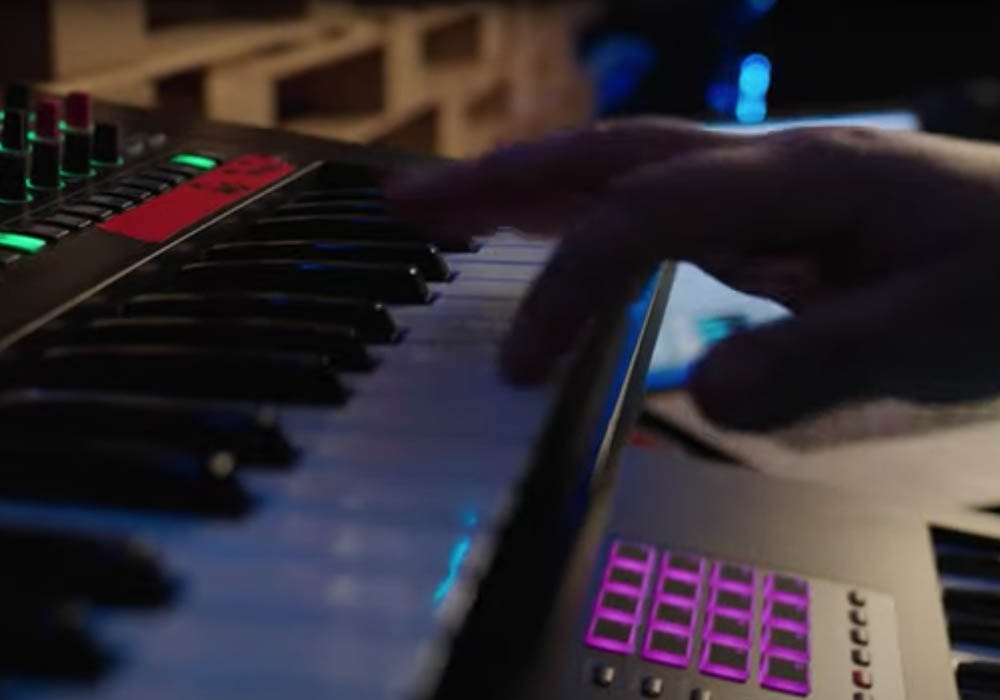
FANTOM-0 has a lot of synth engines built in, have you delved into them and what’s your favourite?
Every time I thought I dived deep into the Fantom it felt like it wasn’t deep enough! The level of engineering that has gone into each engine is incredible, and the fact that you can mix them all together to shape the sound you want is great. The sound engine that I used the most was the SuperNATURAL piano. It’s incredible what you can do with it and sounds very rich.
In what way did you use the SYSTEM-8 in your performance?
I have been using the System-8 for a few years now. It’s my go-to keyboard in the studio and integral part of my workflow, so it was natural for me to bring it to the stage. I have used it before when I toured with my hybrid DJ/Live set up and so I knew how important it was for the next iteration of my live set up. You can hear MANY sounds on my productions from the System-8 (including the bass sound on my song ‘ReSet’)
What’s your favourite expansion in the SYSTEM-8?
I love all expansions as they offer totally different things. Initially, I was excited to play around with the Juno-106 expansion but then I realised I loved the Jupiter-8 expansion. That first patch (PD Jupiter Glide) has been used in a few of my songs over the last couple of years.
You have an SP-404MKII, what have you used this for?
I wanted a simple but solid sounding module that I can trigger some bespoke samples on and that’s why I wanted to use the SP-404MKII. I had a few claps and some Iraqi sounding percussion sounds, as it was hard to bring the real instrument in to play live.
What’s your favourite feature of the SP-404MKII?
I’ve used the SP-404 in the past and I soon realised there’s a reason why it’s considered a legendary unit. The 404MKII takes it to a whole new level. I love the effects section that can totally beef up your sound and transform it, but my favourite thing was the actual pads. I am a mainly a keyboard player and in the past I found it hard to play on pads to trigger drums, but I loved playing with the SP’s pads. They’re incredibly responsive and feel nice and ergonomic.
Your WOMADelaide gig was a big performance, how important is reliability for you?

It’s the most important aspect of a set up. You need to make sure you design your live set up with reliability and contingency in mind first and foremost. It has always been the most daunting aspect of playing live, so the live rig that I have built has to have strong contingency and redundancy.
Have you used Roland gear in the past and if so, what was it?
I have been using Roland gear for many, many years. In the studio I’ve used a lot of the AIRA stuff, I’ve used the TR8 a bit as well as the System-1. I also had a chance to play on the D-50 many years ago as well as the Juno-106 and even the System 100 (which I wish I owned). Recently I’ve added a couple of units to my modular set up as well.
Did you write specific music for this performance?
I most definitely have, I’ve played a couple of new songs that I haven’t released before which were heavy on instrumentation and the use of both the brass and string sections. I’ve also re-written and re-arranged many released songs, so that I was able to add those live elements to compliment them, but also so the set moves better. Live shows have a totally different flow to a DJ set. I wanted to find something in-between that still has the flow of a dance music oriented set but with a live performance style ebb and flow. I thoroughly enjoyed the process of making the show as much as performing it.
When you wrote it what was your inspiration?
I’ve been inspired a lot by Jean Michel Jarre’s music but also his live shows and how he writes electronic music that’s live focussed. He’s been my muse for many years and at the first chance I got to do a live show with a prominent light display, I wanted to emulate some of the stuff he played in his live shows. I also took a lot of inspiration from seeing Jon Hopkins live show. Also a lot of the brass and strings instrumentation was inspired by Johann Johannsson, A Winged Victory For The Sullen and even Vangelis’ ‘Mythodea’.

